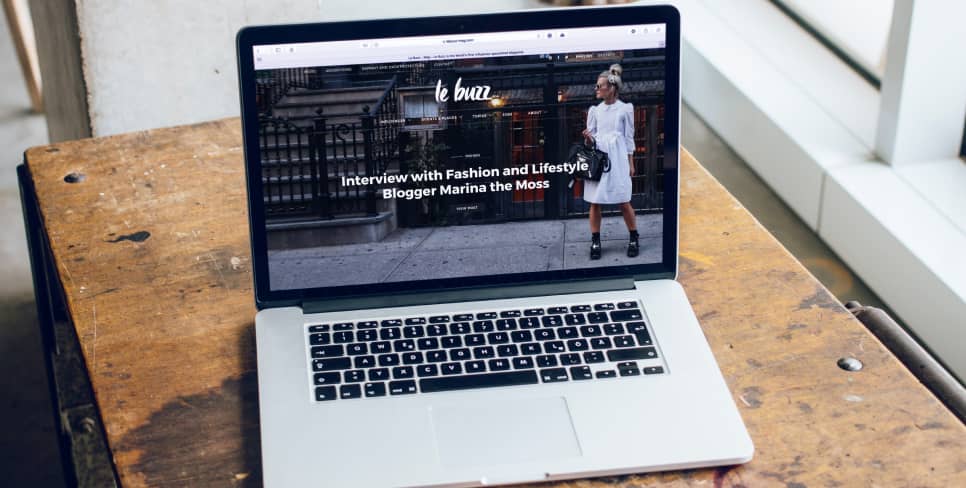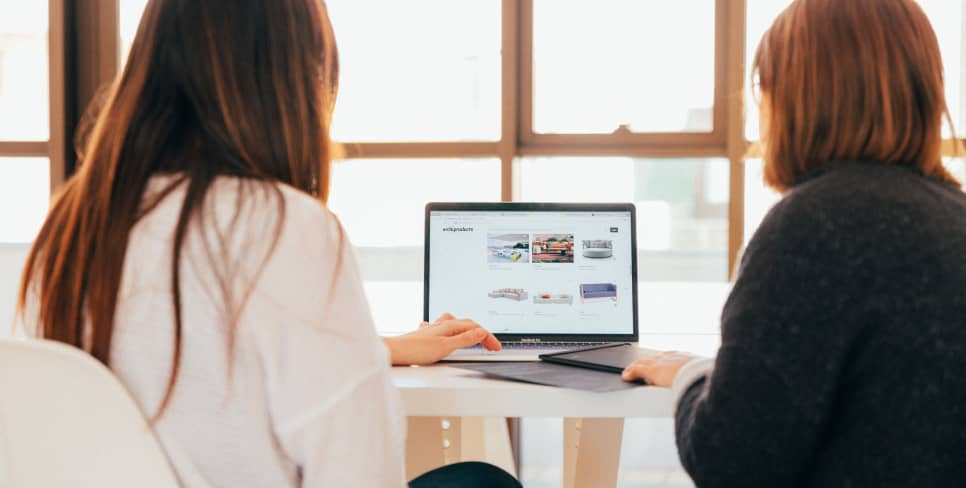Business Insights
Tips to lower your website's loading speed
When it comes to the design of your website, it's important to have a great looking website so it gives a great first impression of your company. In saying that, it should never trade-off with a slow loading website.
With a slow website, you run the risk of your user not hanging around for the page to load, let alone go through your conversion goals, purchase something or enquire about your products.

Tips on how to keep your website looking great while also loading fast:
Reduce the size and number of images.
One of the most common reasons for websites to load slowly is the size of images on the page. Images are important to tell a story and break up large blocks of text. They are also a fantastic tool to display your products and services. The trick is to use them effectively so they look tidy and professional while also not taking too long to load.
The best way to do this is to make sure that all your images are well optimised. There are a number of things you can do to ensure that this happens - you can crop them, resize them, use thumbnails, etc.
Read our article on how to optimise your images using simple techniques.
Reduce the number of clicks on each web page.
For each of your web pages, aim to keep all the info you are trying to convey in the one place if possible. Unless there is a good reason you want your user to click through to other pages,try to avoid doing so. This will reduce the number of page loads.
If you are worried that there is too much information on one page, use suitable headlines to break up long bits of text and use a headline that summarises each idea in your copy so your visitor will get an idea of what you are saying without having to read through the whole copy.
At times, you may want the use to click to another page, e.g. to view another article that might give them more info or to view a high res image on another page.

Limit the number of objects on your page
Image and text components on your page should be limited to absolutely what is necessary. For every object to download on your visitor's computer, a request has to be sent to the server and it needs to be processed and the info then sent back. So if you have too many objects on your page, it could take longer for the whole page to display.
On the flip side, don't have just one big object with all your text and images in it.
If you have just one large object or a component with all your content in it, then the whole object will take a while to download and your visitor won't know what is going on as he or she will just have a blank screen until the component loads. It's important to have separate blocks of information when you lay out your page. That way parts of your page which are smaller in size will load first (which is usually the text part of your website) and your visitor will have something to be engaged with while waiting for the whole web page to load. It's all about balance when it comes to laying out your page.

Avoid flash animation
Always give your website visitor the choice to load up a video or music file on your website. If your video loads automatically every time someone lands on your page, not only will it add to the load time of the page but it will also ruin the usability of your website. There is nothing more annoying than having to listen to the same music or video the 5th time I've landed on your page - I will start avoiding it like plague!
Even big players such as YouTube give users the choice to load up videos or music - even though the entire purpose of the sites is to provide audio or video entertainment.
Explore More Topics

Elevate Your Online Presence with Zeald, Your Premier Google Partner
Discover the power of partnership! This esteemed status places us in the top 3% of Google’s trusted collaborators globally, a testament to our expertise in digital marketing. ensuring your campaigns are not just managed, but optimised for exceptional performance.
